
What is the aim of our research?
We aim at identifying the brain regions and other factors that explain why some people develop particular non-motor symptoms such as hallucinations (seeing shadows, shapes, or feeling someone’s presence) while others do not.
Our results will allow us to distinguish patients who suffer from hallucinations from those who do not. In the future, methods of detecting these symptoms in the early stages of the disease could be developed, and treatment better adapted.
What methods do we use?
We use non-invasive methods to conduct our research, such as:
- Interviews in the form of discussions, questionnaires
- Online surveys
- Neuropsychological tests
- New technologies (robotics, virtual reality)
- Magnetic resonance imaging (MRI)
- Electroencephalography (EEG)
- Deep brain stimulation (DBS)
What research are we doing?
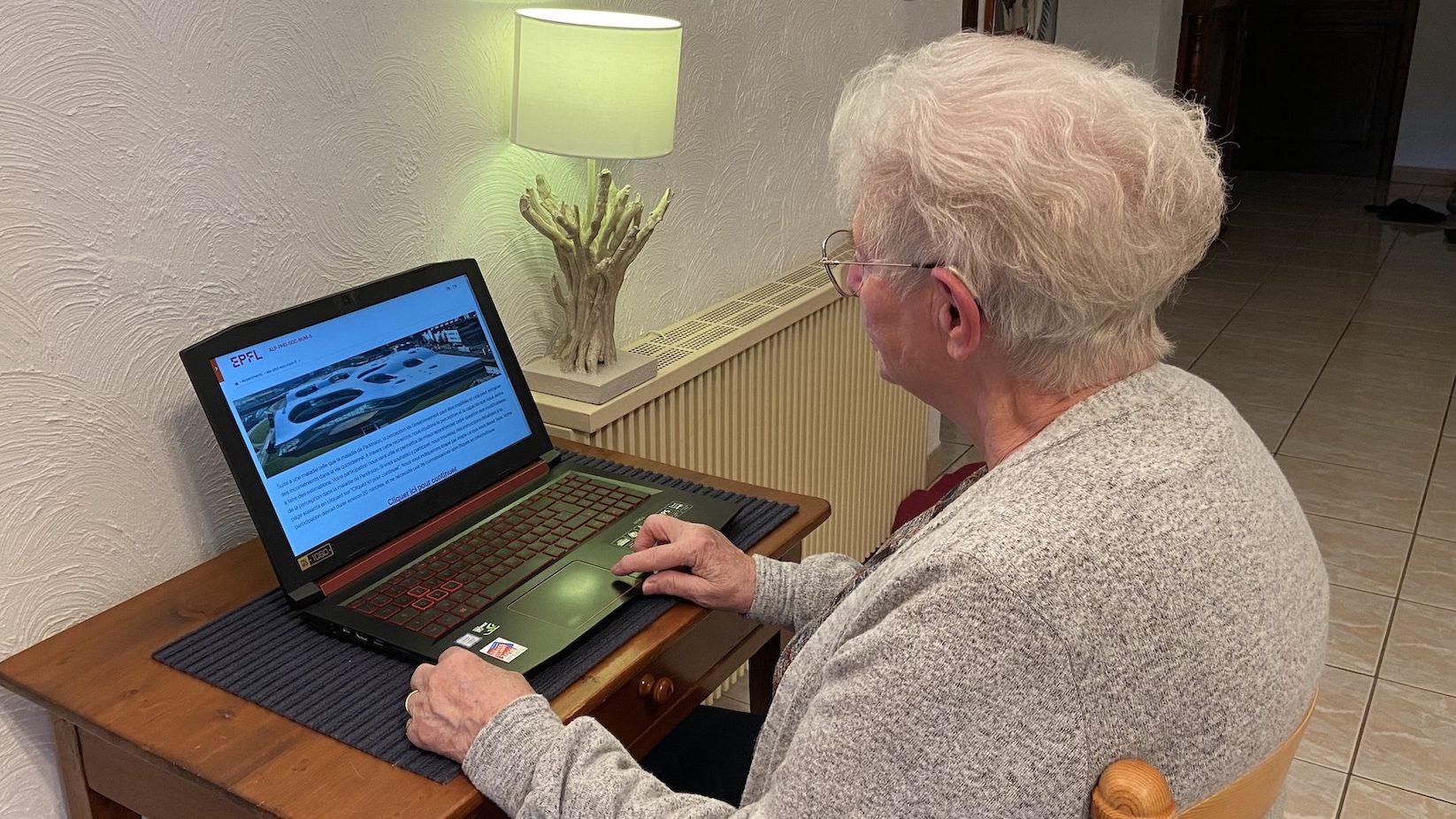
Parkinson’s disease research – Online study
We have developed an online study to better understand some aspects of abnormal perceptions in Parkinson’s disease.
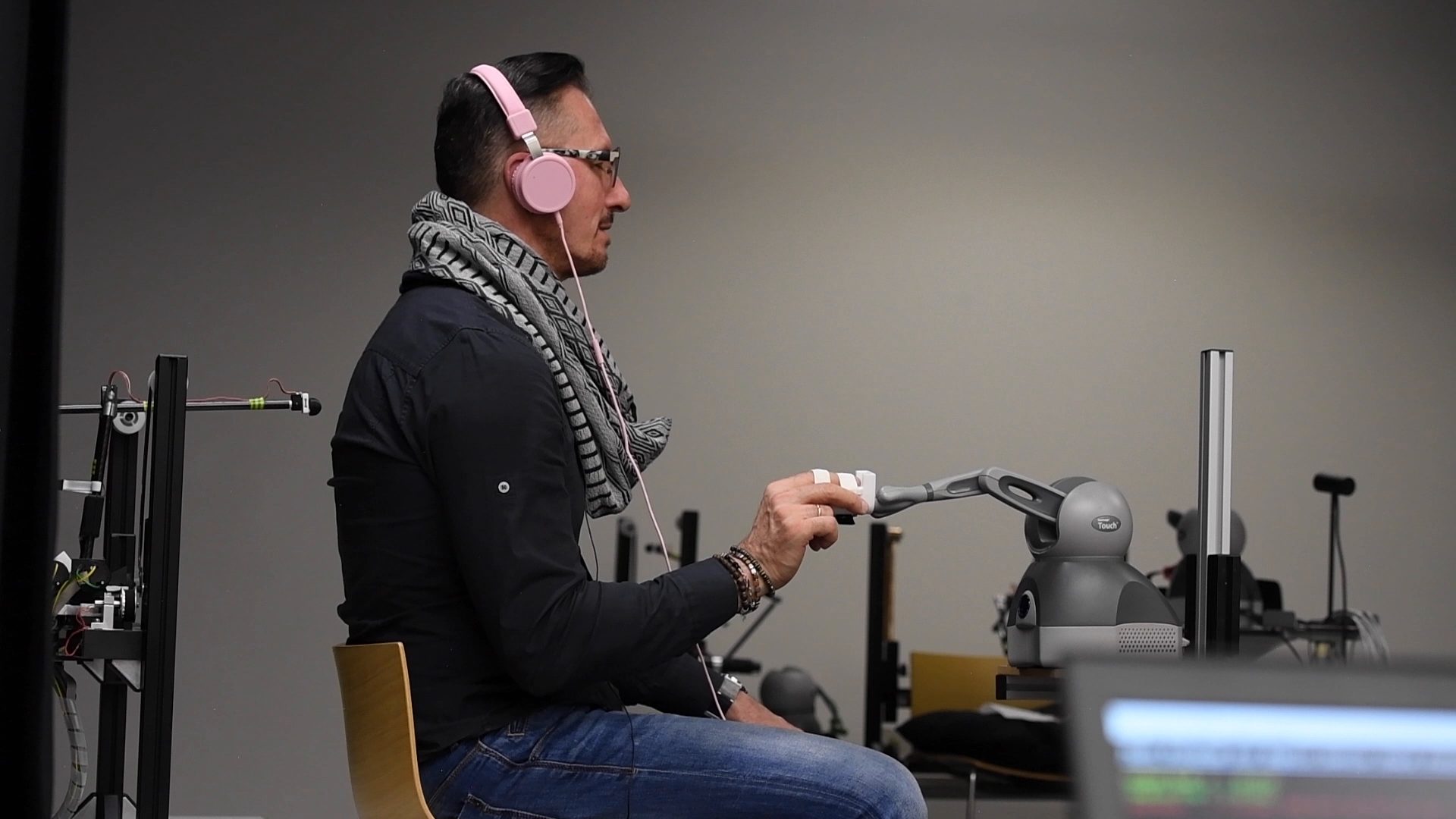
Parkinson’s disease research – Study with robotics
In this study, we use a custom robotic system to study several sensory-motor and bodily perceptions.
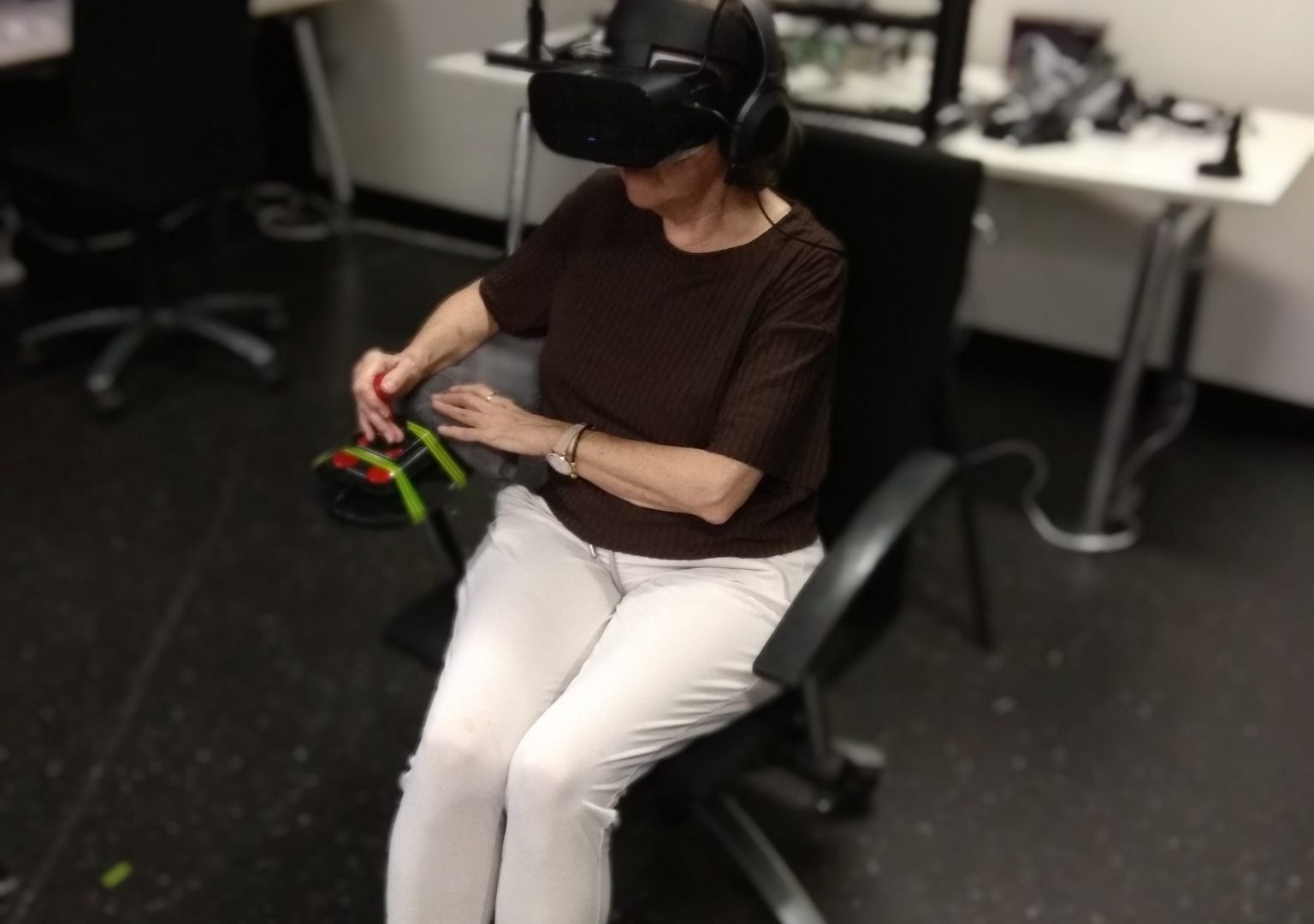
Parkinson’s disease research – Study with Virtual Reality
In this study, we use our immersive virtual reality system to study visual exploration and perception in patients with Parkinson’s disease.
More information
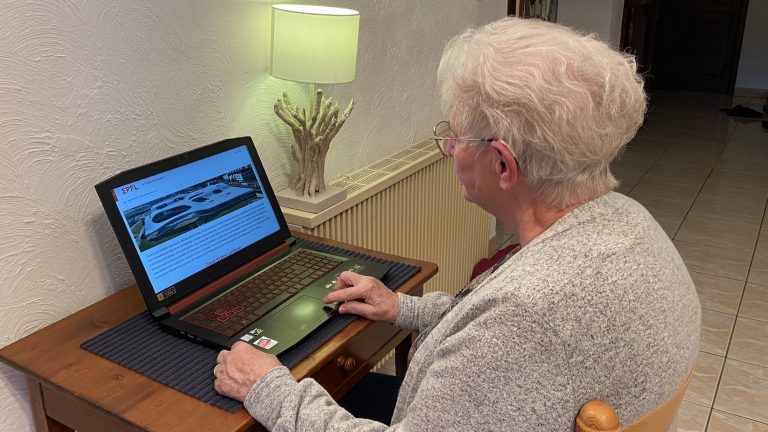
Our online study with Parkinson’s disease patients is now completed
We performed an online study to better understand the causes of minor hallucinations, which are frequent symptoms in Parkinson’s disease. The study tested the effects of specific hallucinations on a cognitive task.
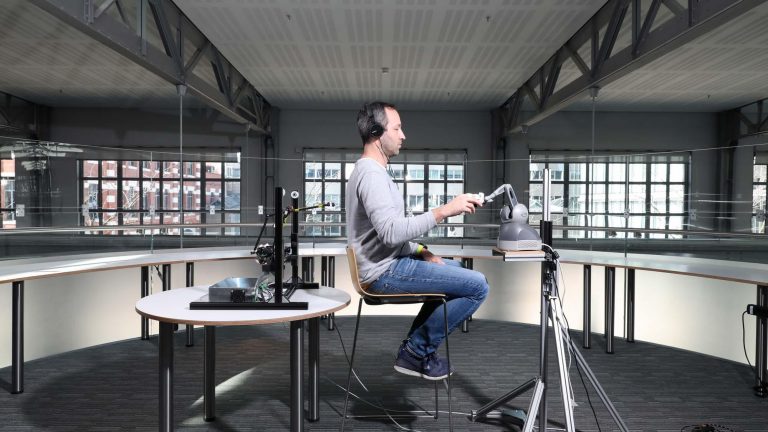
Awakening “ghosts” in patients with Parkinson’s
EPFL scientists are developing a completely new “brain stress test” for evaluating the mental status of patients with Parkinson’s disease, the second most prevalent neurodegenerative disease worldwide. It involves awakening the “ghosts” hidden in specific networks of the brain to predict the onset of hallucinations.

Interview with Prof. Olaf Blanke and Dr. Rachel Dolhunon for neo.life
“Robots Untangle Hallucinations from Parkinson’s Disease” interview to Olaf Blanke and Rachel Dolhunon in neo.life